Here you can find information regarding historic backstamps and markings between 1761 and 2013. Should you not find the answer you are looking for, please contact our client care team who will do their very best to assist you.

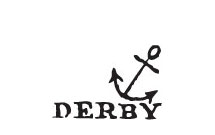
c. 1761 – 1769 Rebus for Richard Holdship found on transfer-printed wares.
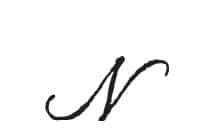
c. 1778 – 1780/1 Incised Mark
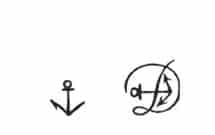
c. 1770 – 1783 Chelsea – Derby in use at Chelsea
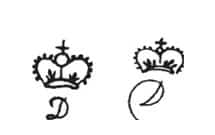
c. 1775 Chelsea Derby in use at Derby; usually in blue, occasionally in puce.
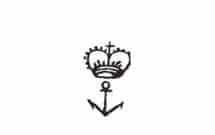
c. 1775 – 1777 Chelsea Derby in use at Chelsea
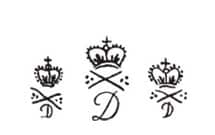
c. 1784 – 1825 After 1820 the previously precise back stamp became increasingly carelessly drawn. Blue and Puce were used until 1806, after which red became the standard colour.

c. 1785 – 1795 Rare Marks
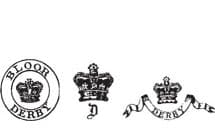
c. 1825 – 1848 Robert Bloor printed gothic style marks were introduced to counteract the previous carelessly drawn marks.

c. 1830 Bloor Figures Marks used on Bloor figures. The mark on the right is the Pseudo-Meissen Mark occasionally seen on late Bloor.
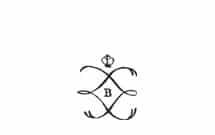
c. 1830 – 1848 Pseudo Sevres Mark used on Sevres copies.
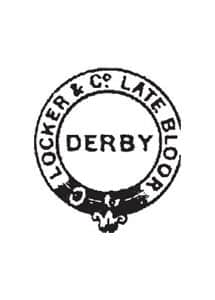
c. 1848 – 1859 Locker & Co
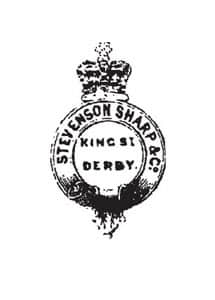
c. 1859 – 1861 Stephenson Sharp & Co
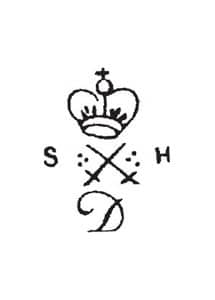
Blue: later nineteenth century Red: c. 1861 – 1935 Puce: c.1915 -1935 Stevenson & Hancock Sampson Hancock
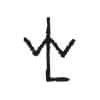
c. 1915 – 1917 William Larcombe
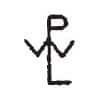
c. 1917 – 1933 Larcombe & Paget
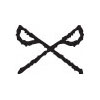
c. 1933 – 1935 Paget
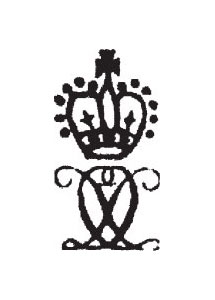
c. 1877 – 1890 Derby Crown Period
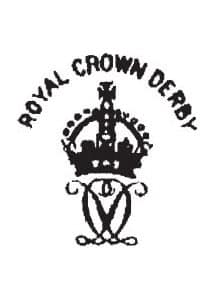
c. 1891 – 1921 Royal Crown Derby The word England in a vertical position to the right hand side. c. 1921 – 1964 Made in England horizontally beneath the stamp.
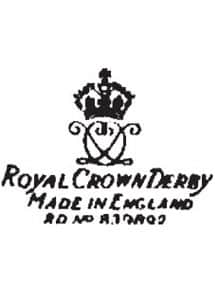
c. 1940 – 1945 Wartime mark in dark green Usually without the year code (also used on undecorated utility wares)
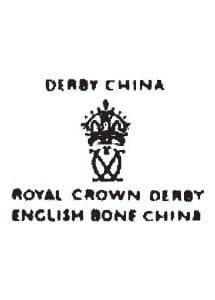
c. 1952 – 1975 Royal Crown Derby
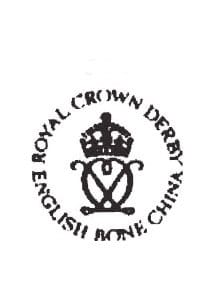
c. 1976 – 2013/4 Royal Crown Derby

c. 2000 Royal Crown Derby The special date mark for the year 2000

1880

1881
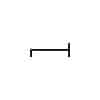
1882

1883

1884

1885

1886

1887

1888

1889
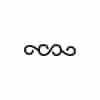
1890

1891

1892

1893

1894

1895

1896

1897

1898

1899

1900

1901

1902

1903

1904

1905

1906

1907

1908

1909

1910
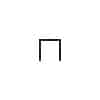
1911

1912

1913

1914

1915

1916

1917

1918

1919

1920

1921

1922

1923

1924

1925

1926

1927

1928

1929

1930

1931
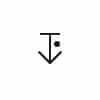
1932

1933

1934

1935

1936

1937
Royal Crown Derby also carries a date mark to identify the year of manufacture. From 1938, roman numerals have been used – the only exception being the 2000, which had a special mark of two interlaced ‘M’s. ‘X’ and ‘V’ have been used twice as date marks – to avoid confusion, 1902 & 1905 are accompanied by ‘England’, while the roman numerals used for 1942 & 1947 are accompanied by ‘Made in England’
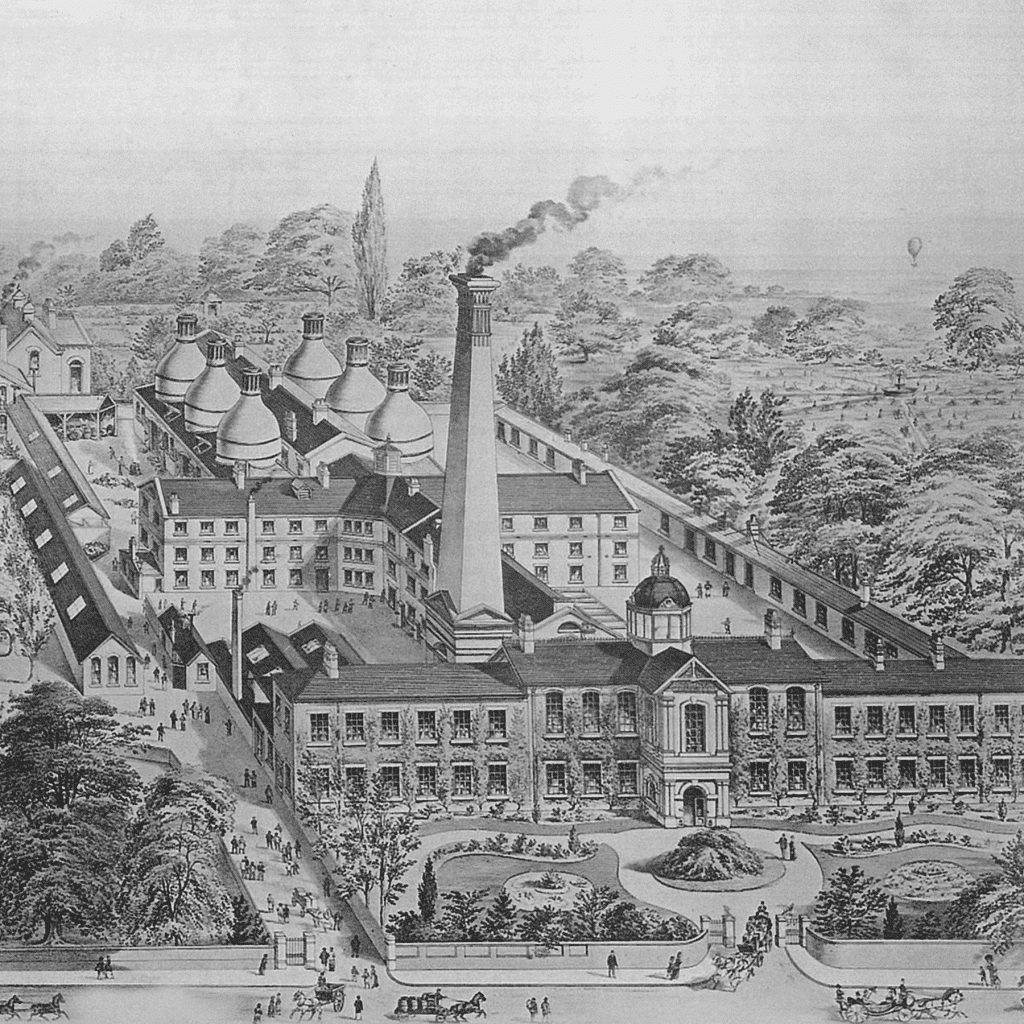
Sign-up to Royal Crown Derby